- No products in the cart.
Alpha normiks tab n / 200mg film about 12 pc
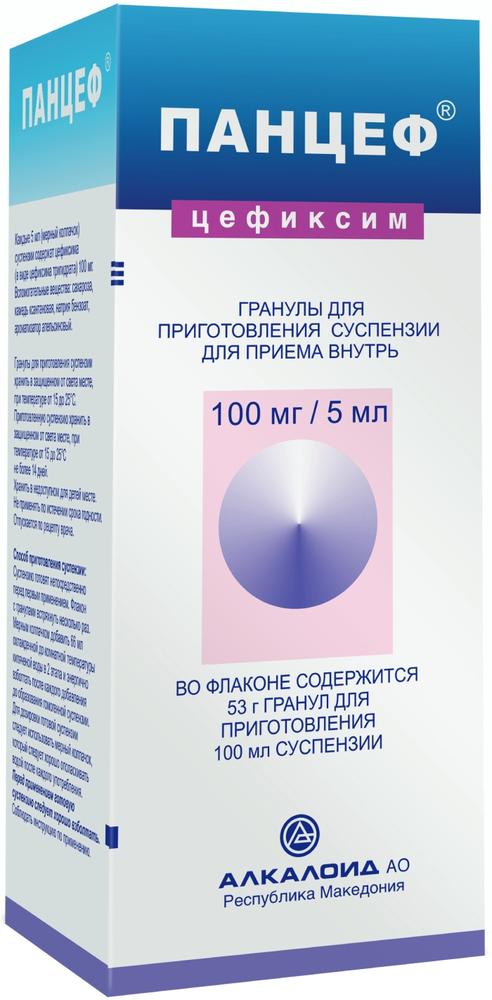
Pantsef prig.suspenzii granules for oral 53g 100mg / 5ml 100ml alkaloid
$14.93
Chloramphenicol 250mg tab 10 pc
$0.52
$17.20
Alpha normiks tab n / 200mg film about 12 pc
SKU: 0622998469 Categories: Antibiotics, Antibiotics, antimicrobial, antiparasitic, Medicaments Tags: ALFASIGMA, rifaximin
Description
Composition
Active substance:
Rifaximin polymorph with 200 mg of alpha structure.
Excipients:
Sodium carboxymethylstarch 15 mg, 18 mg glyceryl palmitostearate, colloidal silica 1 mg Talc 1 mg microcrystalline cellulose 115 mg. Film coating: 5.15 mg hypromellose, titanium dioxide (E171) 1.5 mg disodium edetate 0.02 mg, 0.5 mg propylene glycol, red iron oxide (E172) 0.15 mg.
Description:
Round, biconvex tablets pink, film-coated.
Product form:
Film-coated tablet 200 mg. 12 or 14 tablets in a blister made of PVC / PE / PVDC, welded to the aluminum foil. By 1,2,3 or 5 blisters (12,14,28,36, 42 or 60 tablets) together with instructions for use in a cardboard package.
Contraindications
Hypersensitivity to rifaximin or other rifamycin or any of the components contained in the preparation.
Diarrhea accompanied by fever and loose stools with blood.
Intestinal obstruction (including partial).
Severe ulcerative intestinal lesion.
Children up to age 12 years (effectiveness and safety have been established).
Hereditary fructose intolerance, malabsorption of glucose-galactose, sucrase-isomaltase deficiency (for a dosage form of granules for oral suspension).
Carefully
Renal failure, the simultaneous application of oral contraceptives, the simultaneous use with an inhibitor of P-glycoprotein, such as cyclosporin.
Dosage
200 mg
Indications
Treatment of gastro-intestinal infections caused by bacteria sensitive to rifaximin, such as in acute gastrointestinal infection, traveler’s diarrhea syndrome, overgrowth of microorganisms in the gut, hepatic encephalopathy, symptomatic uncomplicated divertikuloznom colon disease and chronic bowel inflammation. Prevention of infectious complications in colorectal surgery.
Interaction with other drugs
in vitro studies show that rifaximin did not inhibit isozymes of cytochrome P450 (CYP1A2, 2A6, 2B6, 2C8, 2C9, 2C19, 2D6, 2E1 and 3A4) and does not induce CYP1A2, and CYP2B6, but a weak inducer of CYP3A4. Clinical drug interaction studies suggest that rifaximin in healthy volunteers had no significant effect on the pharmacokinetics of drugs metabolized with the participation of SYP3A4. In patients with impaired liver function can not be excluded that rifaximin can reduce the exposure of drugs SYP3A4 substrates (e.g., warfarin, antiarrhythmics, anticonvulsants etc.), while the use of them, since liver failure has a higher systemic exposure when compared with healthy volunteers.
Patients continue to receive warfarin and rifaximin, recorded a decrease and increase in the international normalized ratio (in some cases, with episodes of bleeding). If a joint reception drugs is needed, there should be close monitoring of the international normalized ratio at the beginning and at the end of treatment. To maintain the desired level of anticoagulation may need titration oral anticoagulants. in vitro studies suggest that rifaximin is a moderate substrate of P-glycoprotein and is metabolized by the isoenzyme CYP3A4.
It is unknown whether systemic exposure rifaximin drugs increase which inhibit CYP3A4 while the use of them. In healthy volunteers receiving a single dose joint cyclosporin (600 mg), a potent inhibitor of P-glycoprotein, and a single dose of the rifaximin (550 mg) resulted in 83-fold and 124-fold increase in the mean values Cmax and AUC infinity rifaximin. The clinical relevance of such an increase in systemic exposure is not known.
Rifaximin potential interactions with other drugs that are derived from the cells by P-glycoprotein or other transporter proteins (MRP2, MRP4, BCRP, BSEP), are unlikely.
Overdose
According to clinical studies, patients with traveler’s diarrhea rifaximin doses up to 1800 mg / day were well tolerated. Even in patients with normal bacterial flora of the intestine rifaximin at a dose of 2400 mg / day for 7 days did not cause adverse symptoms. Accidental overdose is a symptomatic and supportive therapy.
pharmachologic effect
Pharmacological group:
The antibiotic rifaximin.
Pharmacodynamics:
Rifaximin – a broad spectrum antibiotic of the rifamycin group. Like other members of this group, irreversibly binds the enzyme bacterial beta subunit DNA-dependent RNA polymerase and thus inhibit the synthesis of RNA and bacterial proteins. As a result, irreversible binding to the enzyme, rifaximin exhibits bactericidal against susceptible bacteria. The drug has a broad spectrum of antimicrobial activity, comprising the majority of Gram-negative and Gram-positive, aerobic and anaerobic bacteria.
Broad antibacterial spectrum of rifaximin reduces pathogenic intestinal bacterial load which causes some pathological states. The drug reduces: – the formation of ammonia by bacteria and other toxic compounds which in case of severe liver diseases associated with impaired detoxification process to play a role in the pathogenesis and clinical manifestations of hepatic encephalopathy; – increased proliferation of bacteria in the syndrome of excessive growth of microorganisms in the intestine; – presence in the diverticulum of the colon bacteria that can cause inflammation in and around diverticular sac and may play a key role in the development of symptoms and complications of diverticular disease; – antigenic stimulation, which in the presence of genetically caused defects in the mucosal immune regulation and / or a protective function, can initiate or permanently maintain a chronic inflammatory bowel disease; – the risk of infectious complications in colorectal surgery.
mechanism of resistance
The development of resistance to rifaximin caused reversible damage to the gene rpoB, which encodes a bacterial RNA polymerase. The incidence of drug-resistant subpopulations among bacteria isolated from patients with traveler’s diarrhea was low. According to clinical studies, a three-day course of treatment with rifaximin in patients with traveler’s diarrhea is not accompanied by the emergence of drug-resistant Gram-positive (enterococci) and Gram-negative (Escherichia coli) bacteria. With repeated use of rifaximin in high doses in healthy volunteers and in patients with inflammatory bowel disease-resistant strains appeared to rifaximin, however, they did not colonize the gastrointestinal tract (GIT), and do not crowd out rifaximin-sensitive strains. Upon termination of therapy resistant strains quickly disappeared. Experimental and clinical data suggest that the use of rifaximin in patients with traveler’s diarrhea and latent Mycobacterium tuberculosis infection and Neisseria meningitidis is not accompanied by a selection of rifampicin-resistant strains. Sensitivity Sensitivity Testing in vitro can not be used to determine sensitivity or resistance to rifaximin bacteria. Currently, clinical data are insufficient to establish the limit values for the evaluation of sensitivity tests. Rifaximin was evaluated in vitro against pathogens of traveler’s diarrhea in four regions: enterotoxigenic strains and enteroaggregative E. coli, Salmonella spp, Shigella spp, non-cholera vibrios, Plesiomonas spp, Aeromonas spp…. and Campylobacter spp. MPK90 (minimum inhibitory concentration) for the isolated strains was 32 mcg / mL, and this level can be easily achieved in the lumen of the intestine as a result of high concentration of rifaximin in the faeces. Since rifaximin in polymorphous form alpha has low absorbability from the digestive tract and acts locally to the lumen of the intestine, it may be clinically ineffective against invasive bacteria, even if these bacteria are sensitive to it in vitro.
Pharmacokinetics:
Suction
Rifaximin in polymorphic form alpha is practically not absorbed when taken orally (less than 1%). Repeated application in healthy volunteers and in patients with damaged intestinal mucosa, inflammatory bowel diseases concentration in plasma is very low (less than 10 ng / ml). In applying the drug 30 minutes after a fatty meal noted having no clinical significance increase systemic absorption of rifaximin. Rifaximin distribution is moderately bound to plasma proteins. Communication with proteins in healthy volunteers was 67.5%, and in patients with hepatic impairment 62%. Excretion Excreted intestine unaltered (96.9% of the dose), as is not exposed to degradation and metabolism during passage through the gastrointestinal tract. Detected using labeled isotopes in urine, rifaximin is not more than 0.025% of the dose ingested. Less than 0.01% of the dose is excreted by the kidneys in the form of 25-dezatsetilrifaksimina, rifaximin single metabolite identified in humans. Renal excretion of 14C rifaximin does not exceed 0.4%. Systemic exposure is nonlinear, dose-dependent, which is comparable with suction rifaximin may dissolution rate limited. Special groups of patients with renal insufficiency
No clinical data on the use of rifaximin in patients with renal insufficiency. With hepatic insufficiency systemic exposure in patients with hepatic insufficiency higher than that in healthy volunteers. Increased systemic exposure in these patients should be considered in light of rifaximin local action in the intestine and its low systemic bioavailability, and the available data on safety of rifaximin in patients with liver cirrhosis. Children The pharmacokinetics of rifaximin in children has not been studied.
Pregnancy and breast-feeding
Data on the use of alpha Normiksa in pregnancy is very limited. Studies in animals showed transient impact of rifaximin on ossification and skeletal structure in the fetus. The clinical significance of these findings is unknown. Application of Alpha Normiksa not recommended during pregnancy. It is not known whether rifaximin passes into breast milk. We can not exclude the risk for a child who is breastfed. To address the issue of the continuation of receiving rifaximin during breastfeeding is necessary to weigh the risk to the child and the benefit to the mother.
Conditions of supply of pharmacies
On prescription.
side effects
Side effects are classified according to frequency of occurrence as follows: Very common (> 1/10), common (> 1/100 –
special instructions
Clinical data suggest that the drug default Normiks® ineffective in the treatment of intestinal infections caused by Campylobacter jejuni, Salmonella spp., Shigella spp, which cause frequent diarrhea, fever, blood in the stool excretion. Alpha Normiks® drug is not recommended if the patient has fever and diarrhea with blood. Alpha Normiks® drug should be discontinued if diarrhea symptoms worsen or persist for more than 48 hours. Should appoint another antibiotic therapy. Treatment of traveler’s diarrhea should not exceed 3 days.
It is known that Clostridium difficile-associated diarrhea, may occur when using almost all of antibacterial agents, including drug Alpha Normiks®. The potential relationship of the drug Alpha Normiks® with the development of Clostridium difficile-associated diarrhea and pseudomembranous colitis can not be excluded. Previous use of rifaximin, together with other rifamycins offline.
Caution must be exercised with concomitant reception rifaximin and P-glycoprotein inhibitor, such as cyclosporine.
Patients should be warned that, despite a slight absorption of rifaximin (less than 1%), it can cause staining of urine red color: this is due to the active ingredient rifaximin, which, like most of the antibiotics of this series (rifamycins), has a reddish orange color.
With the development of super-infection by microorganisms insensitive to rifaximin, taking the drug should be discontinued Alpha Normiks® and prescribe appropriate therapy.
Due to the influence of the drug on Alpha Normiks® intestinal flora, the effectiveness of oral contraceptives containing estrogen, may be reduced after administration. It is recommended to apply additional measures of contraception while taking the drug default Normiks®, particularly if the content of estrogens in oral contraceptives less than 50 micrograms.
Admission drug Alpha Normiks® possible not earlier than 2 hours after receiving the activated carbon.
The granules for suspension for oral administration contain sucrose, and the drug default Normiks® in the dosage form can not be applied in hereditary fructose intolerance, malabsorption of glucose-galactose, sucrase-isomaltase deficiency.
Effects on ability to drive vehicles, machinery Although dizziness and drowsiness occur when using the drug Alpha Normiks®, however, it has no significant effect on the ability to drive vehicles and engage in activities that require increased attention and psychomotor speed reactions. In the event of drowsiness and dizziness during use of the drug, should refrain from performing these activities.
Storage conditions
At a temperature of not higher than 30 ° C.
Keep out of the reach of children.
Shelf life of the suspension was 7 days at room temperature not above 30 ° C.
Dosing and Administration
Ingest a glass of water, regardless of the meal.
diarrhea treatment
Adults and children over 12 years of age: 1 tablet of 200 mg or 10 ml of the slurry (equivalent to 200 mg of rifaximin) every 6 hours. Treatment of traveler’s diarrhea should not exceed 3 days.
Hepatic encephalopathy:
Adults and children over 12 years of age 2 tablets of 200 mg or 20 ml slurry (equivalent to 400 mg of rifaximin) every 8 hours.
Prophylaxis of postoperative complications in colorectal surgery:
Adults and children over 12 years: 2 tablets of 200 mg or 20 ml of the slurry (equivalent to 400 mg of rifaximin) every 12 hours. Prevention is carried out 3 days before surgery.
Bacterial overgrowth syndrome:
Adults and children over 12 years: 2 tablets of 200 mg every 8-12 hours.
Symptomatic uncomplicated diverticulosis:
Adults and children over 12 years: 12 tablets of 200 mg, or from 10 to 20 ml of the slurry (equivalent to 200 – 400 mg of rifaximin) every 8-12 hours.
Chronic inflammatory bowel disease:
Adults and children over 12 years: 12 tablets of 200 mg, or from 10 to 20 ml of the slurry (equivalent to 200 – 400 mg of rifaximin) every 8-12 hours. Alpha Normiksom duration of treatment should not exceed 7 days. Re-treatment should be carried out not earlier than 20 – 40 days. The total duration of treatment is determined by the patient’s clinical condition. On doctor’s advice may be changed dose and frequency of their reception.
No dose adjustment in elderly patients and in patients with hepatic and renal impairment is not required.
Slurry preparation granules for suspension for oral administration are in a sealed vial. To prepare the suspension is necessary to open the bottle, add water to the mark and well shake the vial. Add water repeatedly until the slurry until the level reaches said level of 60 ml.
The concentration of rifaximin in the prepared suspension of 100 mg in 5 ml. Before use, the suspension is shaken well. Prepared suspension measure measuring cup included in the package.
Information
Appearance may differ from that depicted in the picture. There are contraindications. You need to read the manual or consult with a specialist
Additional information
| Weight | 0.100 kg |
|---|---|
| Manufacturer | ALFASIGMA |

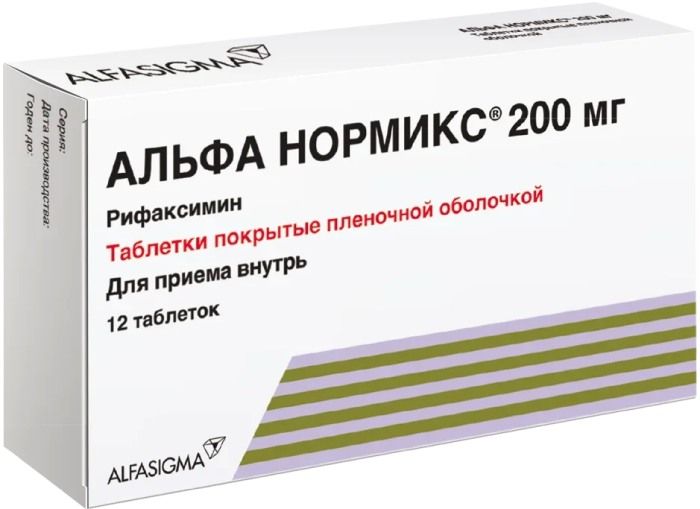
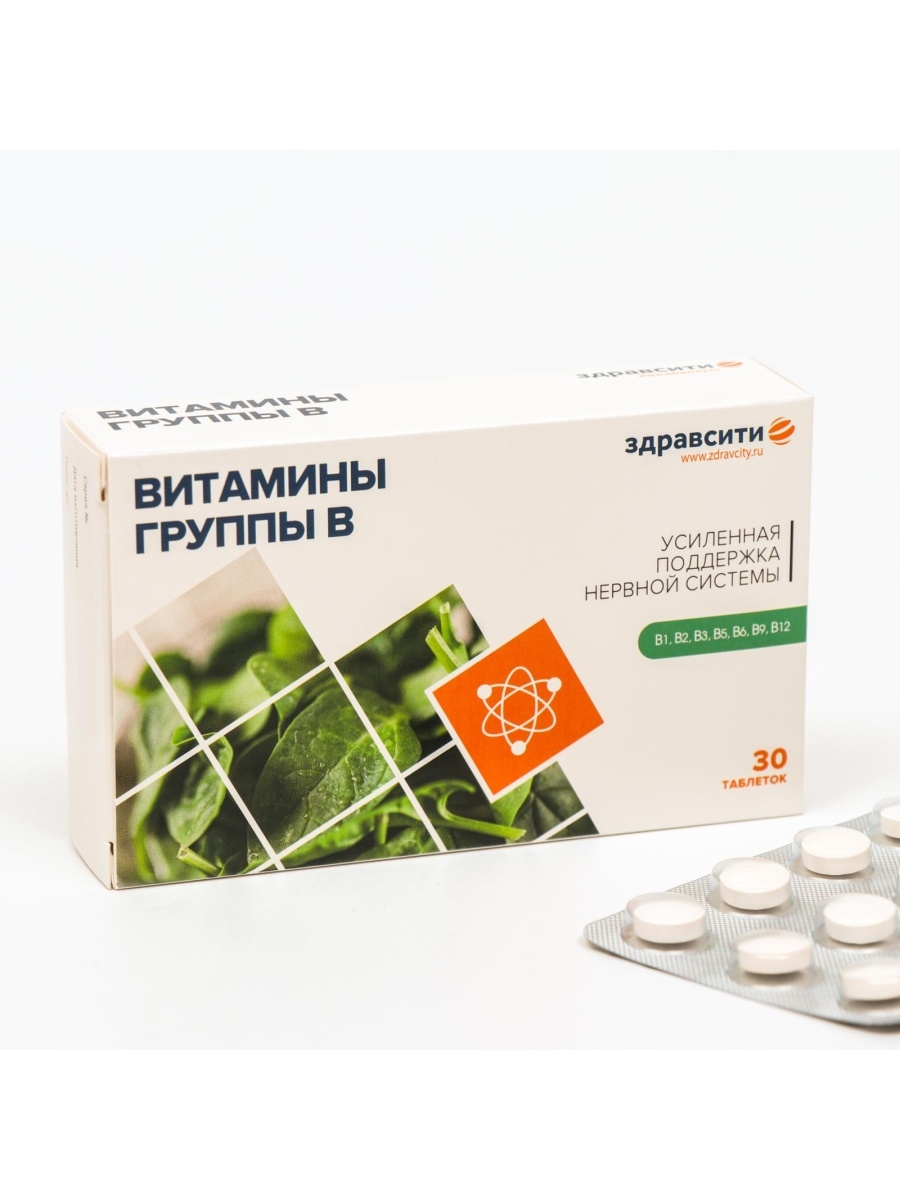

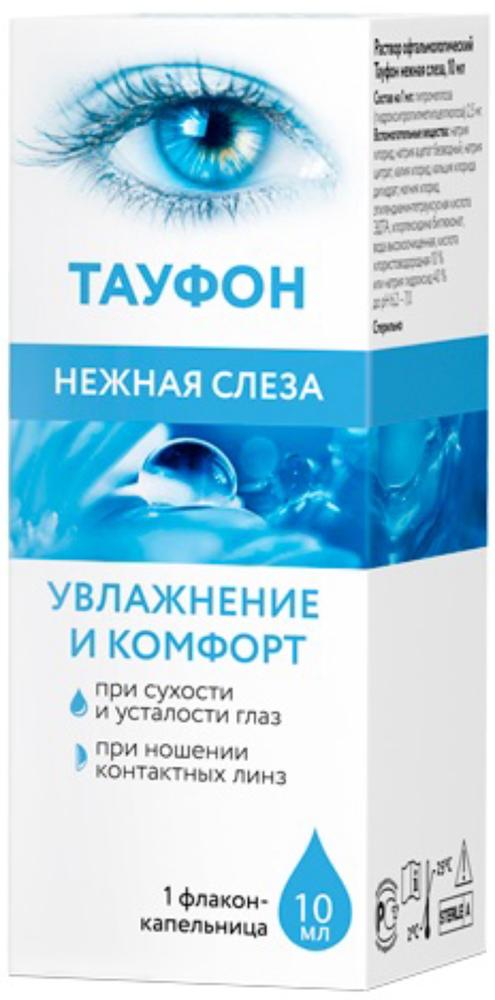
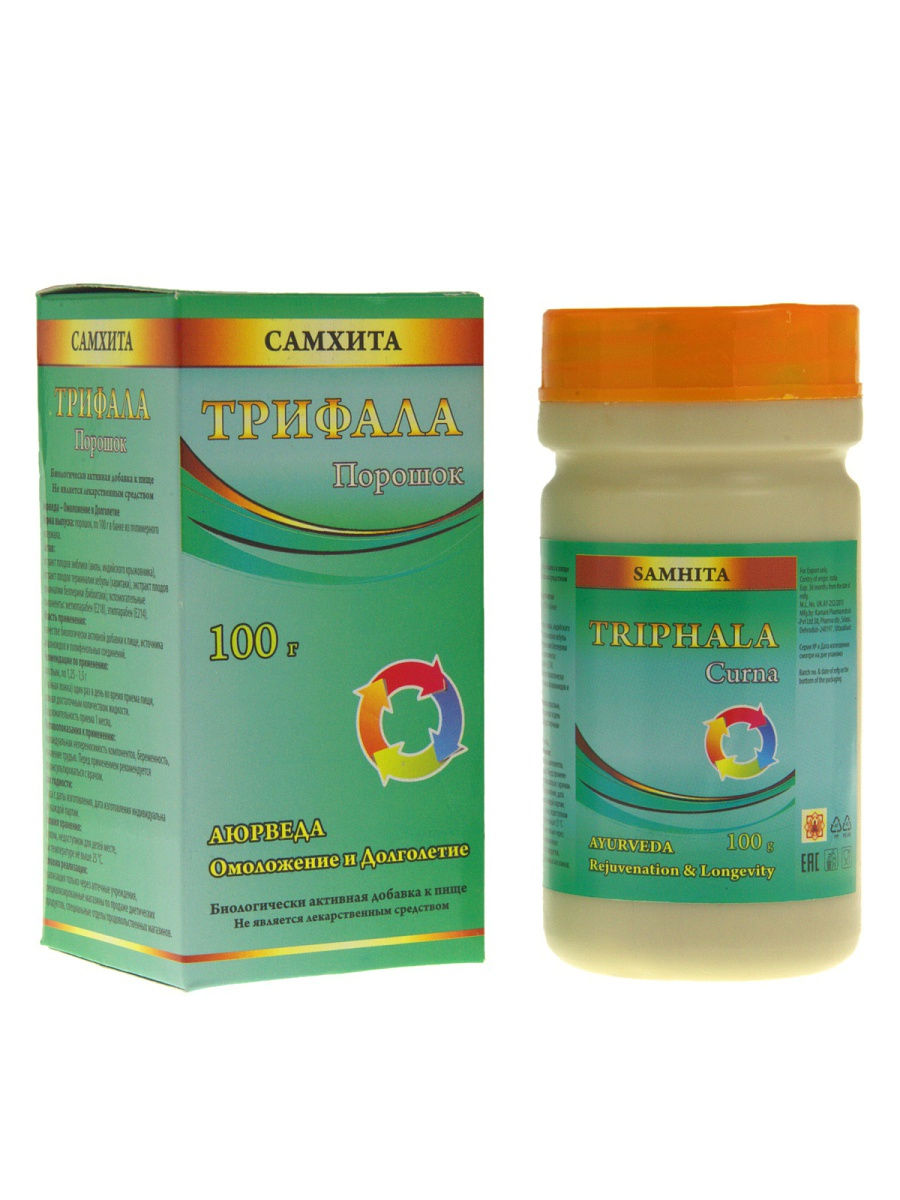
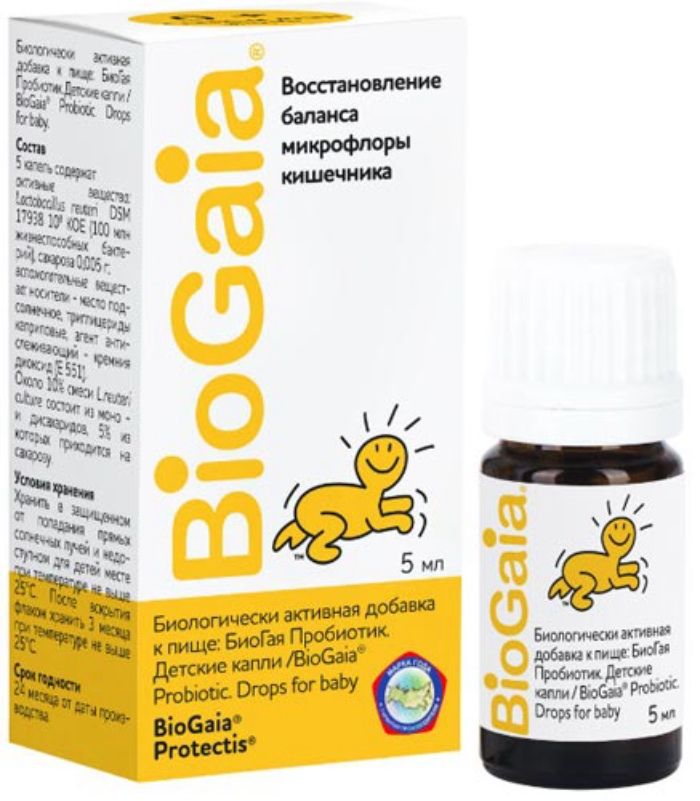
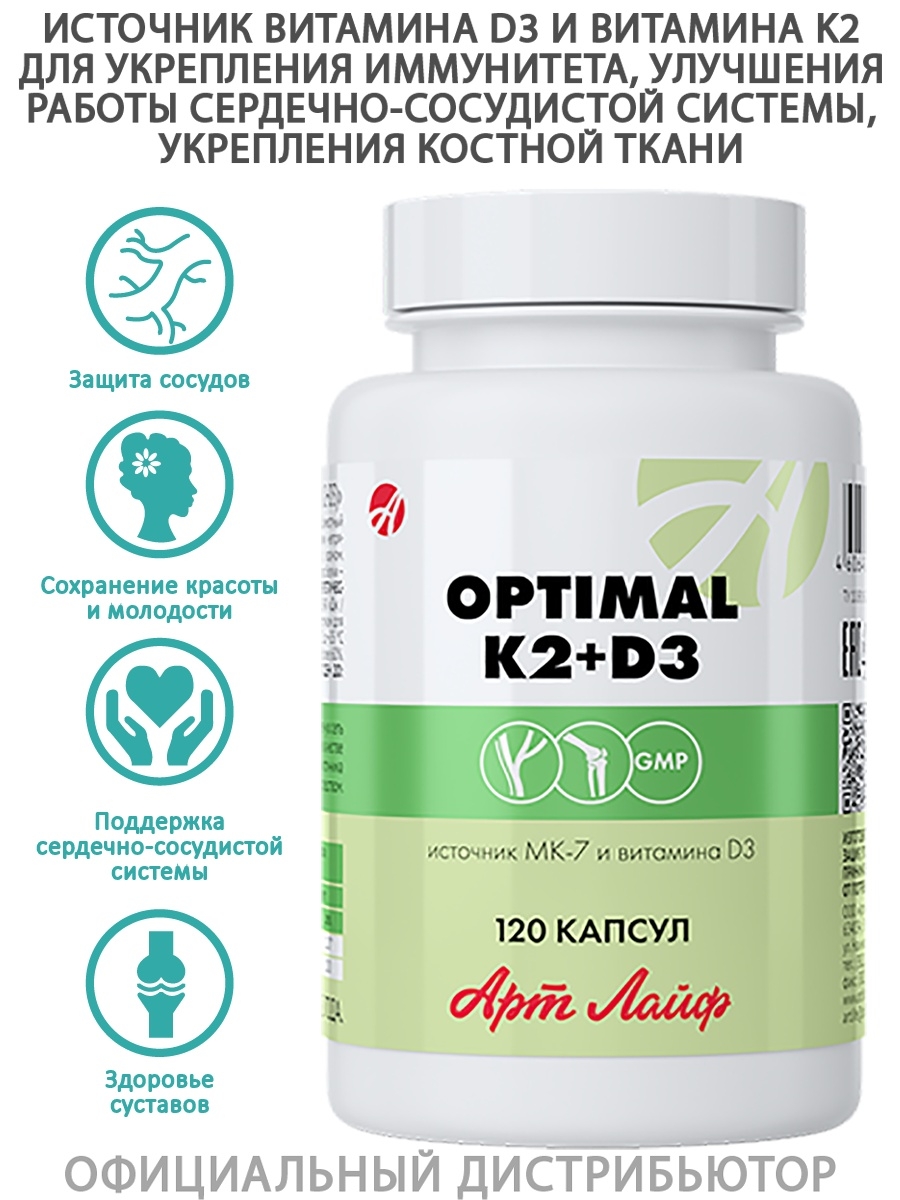




There are no reviews yet.